Epiglypta howeinsulae (Cox, 1873:148)
Lord Howe serrated snail, Ribbed glass snail
Taxonomy & Nomenclature
Synonym/s: Helix howinsulae Cox, 1873:148; Trochomorpha howeinsulae (Cox, 1873:148); Nanina howeinsulae (Cox, 1873:148); Epiglypta howinsulae (Cox, 1873:148) [orth. error]
Detailed synonymy from (Hyman & Ponder, 2016:87)
- Helix howeinsulae Cox, 1873: 148; Cox 1890: 660, pl. xix, figs 10–11.
- Trochomorpha (Videna) howeinsulae.— Pfeiffer 1878: 83.
- Nanina howeinsulae.— Hedley 1891: 135–136, pl. 21, fig. 7; pl. 22, figs 5–8.
- Nanina (Epiglypta) howeinsulae.— Pilsbry 1893: 133.
- Epiglypta howeinsulae.— Baker 1941: 264, pl. 47, figs 1–3; Iredale 1944b: 328; Smith 1992: 229; Smith et al. 2002 (no page numbers); Stanisic et al. 2010: 320, fig. on p. 321.
Phylogenetic placement
"We demonstrate that Nitor is closely related to Lord Howe Island taxa Epiglypta Pilsbry, 1893, Gudeoconcha Iredale, 1944, Howearion Iredale, 1944 and Parmellops Iredale, 1944; the five genera are united by a combination of characters including the presence of a distinct vagina, a slender epiphallic flagellum forming a simple spermatophore and an epiphallic caecum with terminal attachment of the penial retractor muscle."
(Hyman & Köhler, 2018:1171)
Conservation Status
Extinct (Iredale, 1944; Régnier et al., 2009; Cowie et al., 2017)
Last record: 1920 (Hyman & Ponder, 2016:87)
IUCN RedList status: Not evaluated
"It has not been collected since 1920 (information from the collections of the AM) and is now considered to be extinct (Iredale 1944b)... [T]hought to have been exterminated as a result of predation by ship rats [Rattus rattus (Linnaeus, 1758)], which were introduced in 1918 (Hutton 1986). Given the ubiquitous nature of the rat population on the island, we consider it highly likely that this species is extinct."
(Hyman & Ponder, 2016:87)
Distribution
Lord Howe Island, New South Wales, Australia
Type locality: Lord Howe Island, ‘on a mountain’ (Hyman & Ponder, 2016:87)
"This species was only known from on or near the summits of Mt Gower and Mt Lidgbird, under stones and on wet rock faces."
(Hyman & Ponder, 2016:87)
Anatomy & Morphology
A very detailed discussion of the species' anatomy, including previous studies, can be found in (Hyman & Ponder, 2016).
Biology & Ecology
Hypodigm
Holotype: AM C101146 (Hyman & Ponder, 2016:87)
Type locality: Lord Howe Island, ‘on a mountain’ (Hyman & Ponder, 2016:87)
Australian Museum (Sydney):
AM C5049 ["1898, Mrs Nicholls"] (Hyman & Ponder, 2016:87)
AM C63843 ["Mt Lidgbird near or on summit (31°34.08′ S, 159°4.95′ E), wet rock faces, 1914"] (Hyman & Ponder, 2016:87)
AM C101146 (Hyman & Ponder, 2016:87) [Holotype, as listed above]
AM C114000 [Mt. Gower, collected pre 1912] (Hyman & Ponder, 2016:87)
AM C114001 [collected August 1887] (Hyman & Ponder, 2016:87)
AM C114002 [collected pre-1900] (Hyman & Ponder, 2016:87)
AM C114003 [collected 1907] (Hyman & Ponder, 2016:87)
AM C114004 [collected pre-1900] (Hyman & Ponder, 2016:87)
AM C114005 ["NNW side Mt Lidgbird, Black Face, about half way up (31°33.64′ S, 159°5.14′ E), 24 Apr. 1914"] (Hyman & Ponder, 2016:87)
AM C114006 ["Mt Gower, SW recess below Razor Back (31°35.66′ S, 159°4.33′ E), under stones, 7 Feb. 1914"] (Hyman & Ponder, 2016:87)
AM C117840 [collected pre-1912] (Hyman & Ponder, 2016:87)
AM C390867 [collected pre-1920] (Hyman & Ponder, 2016:87)
Museums Victoria (Australia):
MV F 22911 (2 specimens) (Museums Victoria Collections, 2022a)
MV F 102890 (4 specimens) (Museums Victoria Collections, 2022b)
MV F 102891 (1 specimen) (Museums Victoria Collections, 2022c)
MV F 107793 (4 specimens) (Museums Victoria Collections, 2022d)
Naturalis Biodiversity Center (Netherlands):
United States National Museum, Washington:
USNM 160041
Media
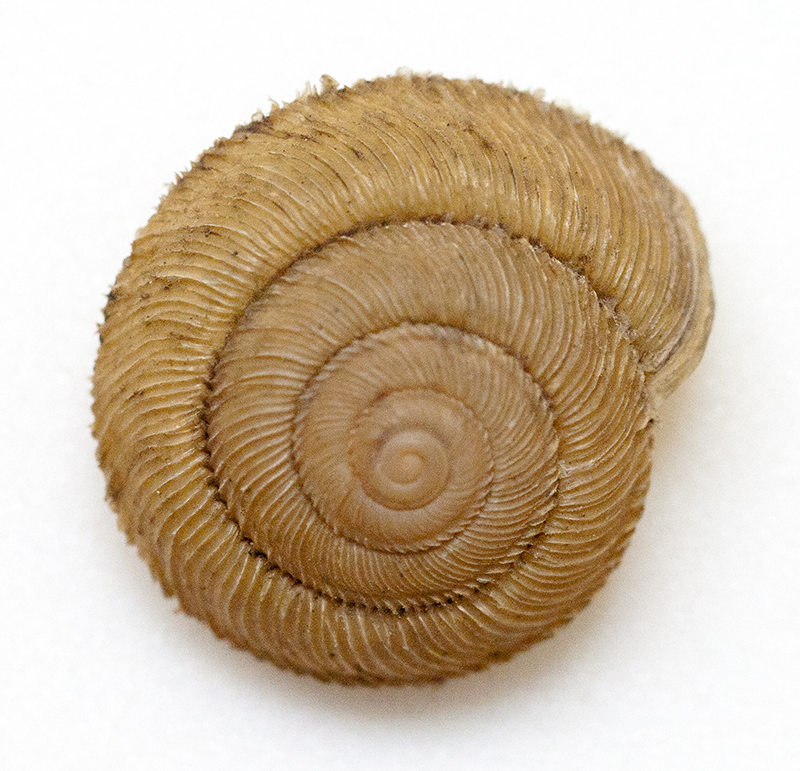
Above: top view of Epiglypta howeinsulae specimen in Lord Howe Island museum. Photographed by © Toby Hudson 11 April 2012. Released under CC BY-SA 3.0 AU license. Source: Wikimedia Commons.
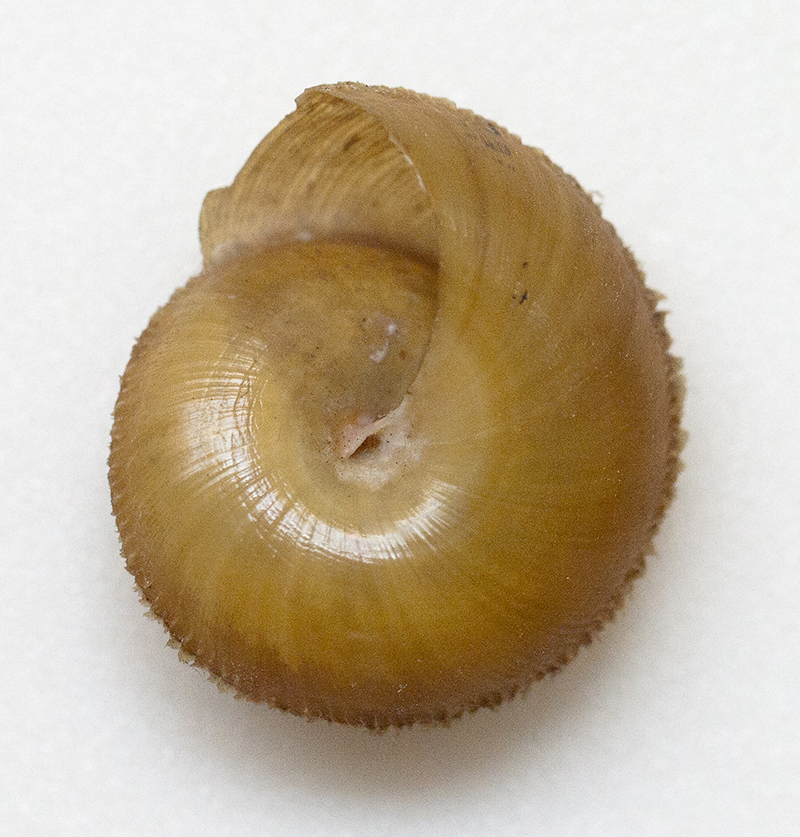
Above: underside view of Epiglypta howeinsulae specimen in Lord Howe Island museum. Photographed by © Toby Hudson 11 April 2012. Released under CC BY-SA 3.0 AU license. Source: Wikimedia Commons.
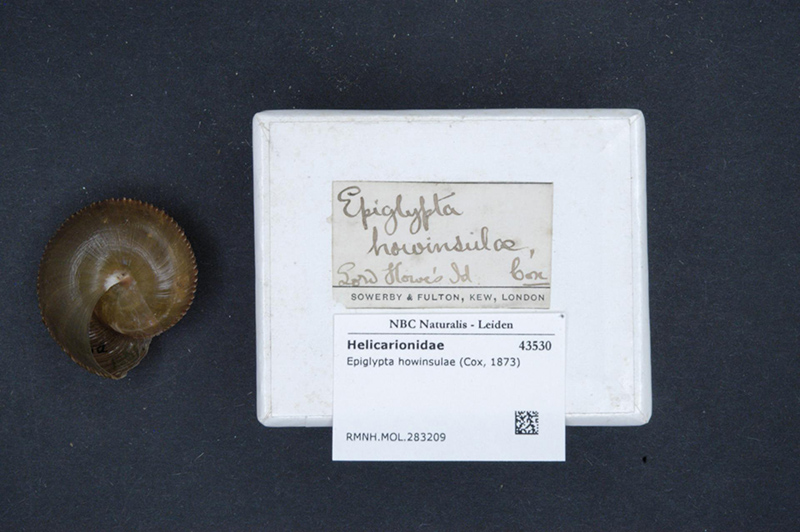
Above: RMNH.MOL.283209 in the Rijksmuseum van Natuurlijke Historie, Leiden. Photographer unknown. Source: Naturalis Biodiversity Center/Wikimedia Commons.
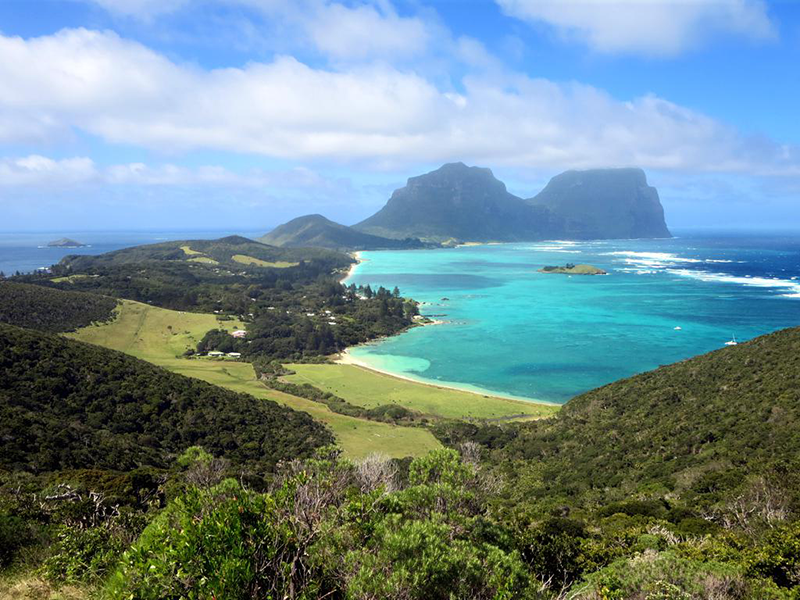
Above: a view of Lord Howe Island from Kims Lookout, with Mt Lidgbird (left) and Mt Gower (right) in the background. Photographed by © David Stanley on 20 September 2016. Released under CC BY 3.0 license. Source: Wikimedia Commons.
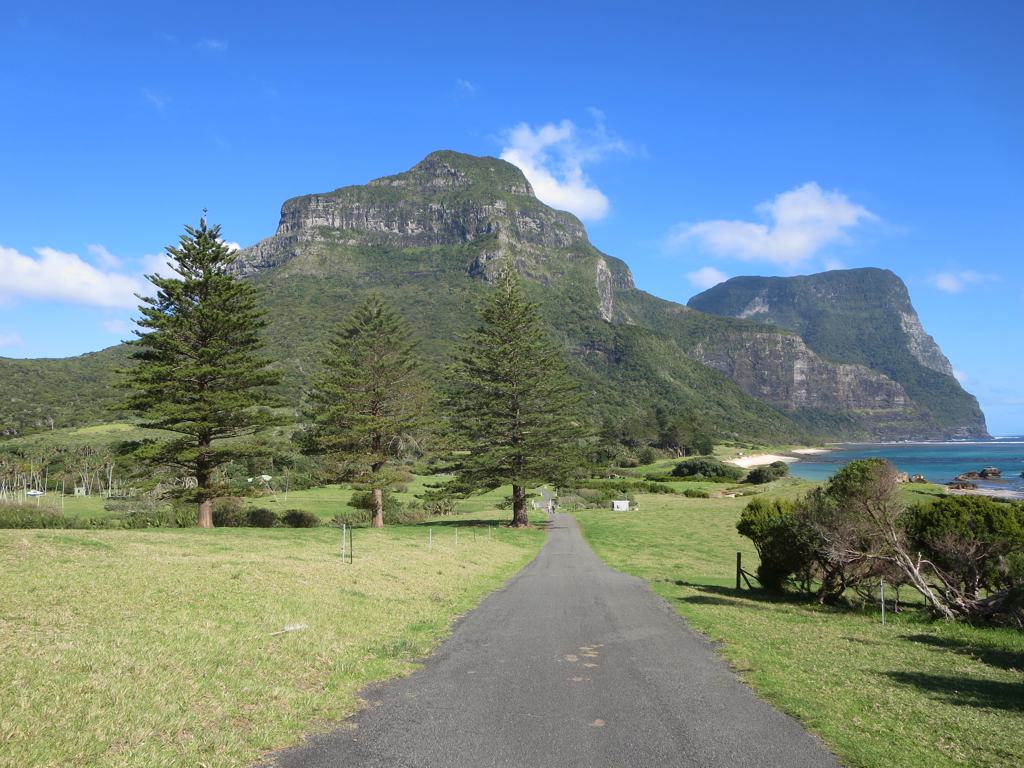
Above: Lagoon Road heading south, with Mt Lidgbird (left) and Mt Gower (right) in the background. Photographed by © David Stanley on 16 September 2016. Released under CC BY 3.0 license. Source: Wikimedia Commons.
References
Original scientific description:
Cox, J. C. (1873). Descriptions of new land-shells from Australia and the Solomon Islands. Proceedings of the Zoological Society of London 1873: 146-152.
Other references:
Baker, H. B. (1941). Zonitid snails from Pacific Islands Part 3: Genera other than Microcystinae. Bernice P. Bishop Museum Bulletin 166: 205-346.
Cowie, Robert H., Régnier, Claire, Fontaine, Benoît, and Bouchet, Philippe. (2017). Measuring the Sixth Extinction: what do mollusks tell us? The Nautilus 131(1): 3-41.
Cox, J. C. (1890). Descriptions of two new species of Australian Mollusca. Proceedings of the Linnean Society of New South Wales 4: 658-660.
Department of Environment and Climate Change (NSW). (2007). Lord Howe Island Biodiversity Management Plan, Department of Environment and Climate Change (NSW), Sydney.
Hedley, C. (1891). The land and freshwater shells of Lord Howe Island. Records of the Australian Museum 1: 134-144.
Hyman, Isabel T. and Köhler, Frank. (2018). A revision of eastern Australian land snails placed in Nitor Gude (Helicarionidae, Stylommatophora). Invertebrate Systematics 32(5): 1171-1205. https://doi.org/10.1071/IS18015
Hyman, Isabel T. and Ponder, Winston F. (2010). A morphological phylogenetic analysis and generic revision of Australian Helicarionidae (Gastropoda: Pulmonata: Stylommatophora), and an assessment of the relationships of the family. Zootaxa 2462: 1-148.
Hyman, Isabel T. and Ponder, Winston F. (2016). Helicarionidae (Gastropoda: Heterobranchia: Stylommatophora) of Lord Howe Island. Molluscan Research 36(2): 84-107. https://doi.org/10.1080/13235818.2015.1128568
Iredale, Tom. (1944). The land Mollusca of Lord Howe Island. Australian Zoologist 10: 299-334.
Köhler, Frank and Hyman, Isabel. (2018). The Australian Museum Lord Howe Island Expedition 2017—land snail fauna. Technical Reports of the Australian Museum, Online 26: 45-51. https://doi.org/10.3853/j.1835-4211.26.2018.1705
MolluscaBase eds. (2021). MolluscaBase. Epiglypta howeinsulae (Cox, 1873). Accessed at: http://www.molluscabase.org/aphia.php?p=taxdetails&id=883763 on 2022-05-15
Museums Victoria Collections. (2022a). https://collections.museumsvictoria.com.au/specimens/2251703 [Accessed 21 March 2022]
Museums Victoria Collections. (2022b). https://collections.museumsvictoria.com.au/specimens/808024 [Accessed 21 March 2022]
Museums Victoria Collections. (2022c). https://collections.museumsvictoria.com.au/specimens/808030 [Accessed 21 March 2022]
Museums Victoria Collections. (2022d). https://collections.museumsvictoria.com.au/specimens/1074816 [Accessed 21 March 2022]
Pfeiffer, L. (1878). In: Clessin, S. (ed). Nomenclator heliceorum viventium : quo continetur nomina omnium hujus familiae generum et specierum hodie cognitarum, disposita ex affinitate naturali. T. Fischer, Cassel. 617 pp.
Pilsbry, H. A. (1893). Helicidae Volume 6. In: Tryon, G.W. jnr. & Pilsbry, H.A. (Eds), Manual of Conchology. Conchological Section, Academy of Natural Sciences, Philadelphia, pp. 1-314.
Ponder, Winston F. (1997). Conservation status, threats and habitat requirements of Australian
terrestrial and freshwater molluscs. Memoirs of the Museum of Victoria 56(2): 421-430.
Régnier, Claire, Fontaine, Benoît and Bouchet, Philippe. (2009). Not Knowing, Not Recording, Not Listing: Numerous Unnoticed Mollusk Extinctions. Conservation Biology 23(5): 1214-1221.
Schileyko, A. A. (2002). Treatise on Recent terrestrial pulmonate molluscs, Part 9: Helicarionidae, Gymnarionidae, Rhysotinidae, Ariophantidae. Ruthenica 2: 1167-1307.
Smith, B. J. (1992). Non-marine Mollusca, pp. 1-408. In: Houston, W. W. K. (ed). Zoological Catalogue of Australia. Canberra: Australian Government Publishing Service.
Stanisic, J., Shea, M., Potter, D. and Griffiths, O. (2010). Australian Land Snails Volume 1. A field guide to eastern Australian species. Mauritius: Bioculture Press.
https://extinctanimals.proboards.com/thread/23707/epiglypta-howinsulae
https://arovingiwillgo.wordpress.com/2012/07/20/the-silence-in-the-forest/
https://invertebase.org/stri/collections/individual/index.php?occid=6675378&clid=0
